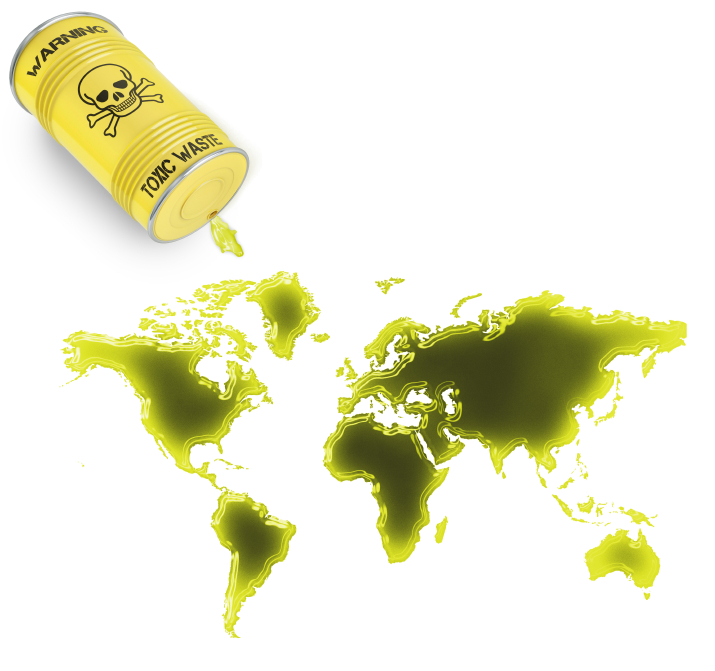 |
Standard SPCC plans must describe security procedures for their operation (excluding oil production facilities). The security requirements are meant to prevent oil discharges that result from vandalism or other unauthorized access to oil containers or equipment.
Security procedures must include provisions to:
- Secure and control access to each facility’s handling, processing, or storage areas.
- Secure master flow and drain valves.
- Prevent unauthorized access to starter controls on oil pumps.
- Secure out-of-service and loading/unloading connections of oil pipelines.
- Address the appropriateness of security lighting to both prevent acts of vandalism and assist in the discovery of oil discharges.
TRAC360 for SPCC provides all of the PE-written and reviewed templates that you need to create your facility-specific required plans, checklists, and training. See how it can solve your top compliance challenges. Find out.
Security systems, such as fencing, locks, and lighting, were required for SPCC-regulated facilities. However, in 2008, the EPA amended the facility security requirements to be performance-based and allow the owner/operator to tailor security measures to suit the facility’s specific characteristics and location. The SPCC plan must include documentation concerning how the security measures are implemented.
While you may fully fence your facility, it is not required. If oil containers or equipment are located within discreet areas, securing only those parts of the facility where a discharge could occur may provide an effective level of protection. Other methods of controlling access to the facility could be having the facility attended 24/7 by personnel with closed-circuit cameras. Or, you may choose to install an alarm system that detects the presence of trespassers.
The Ultimate SPCC Compliance Tool
TRAC360 for SPCC is a powerful application that simplifies compliance with EPA’s Spill Prevention, Control, and Countermeasure rule. Whether you need help creating your facility-specific SPCC Plan, writing inspection checklists for your tanks, or training your oil-handling workforce, TRAC360 is there to help. Learn More.
In its SPCC Guidance for Regional Inspectors, the EPA even suggests that for facilities in remote locations, the location itself may serve as a sufficient deterrent to vandals.
SPCC security requirements are found at 40 CFR 112.7(g). Common SPCC security-related violations that have been noted by EPA inspectors include:
- Facility security measures are not mentioned in the SPCC plan.
- Facility lighting is not addressed in the SPCC plan.
- The plan lacks procedures to secure tank master flow/drain valves and starter controls.
